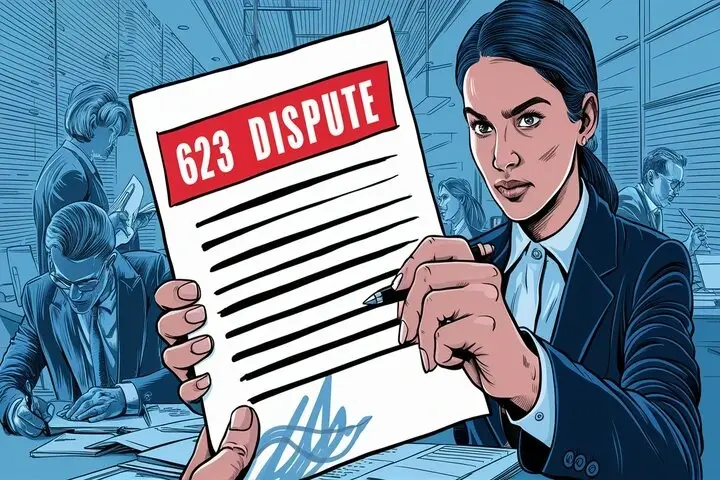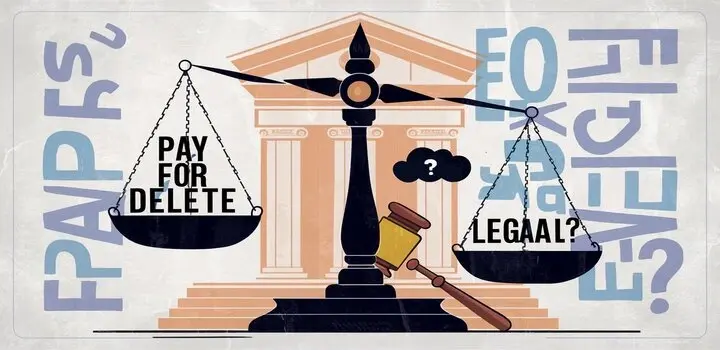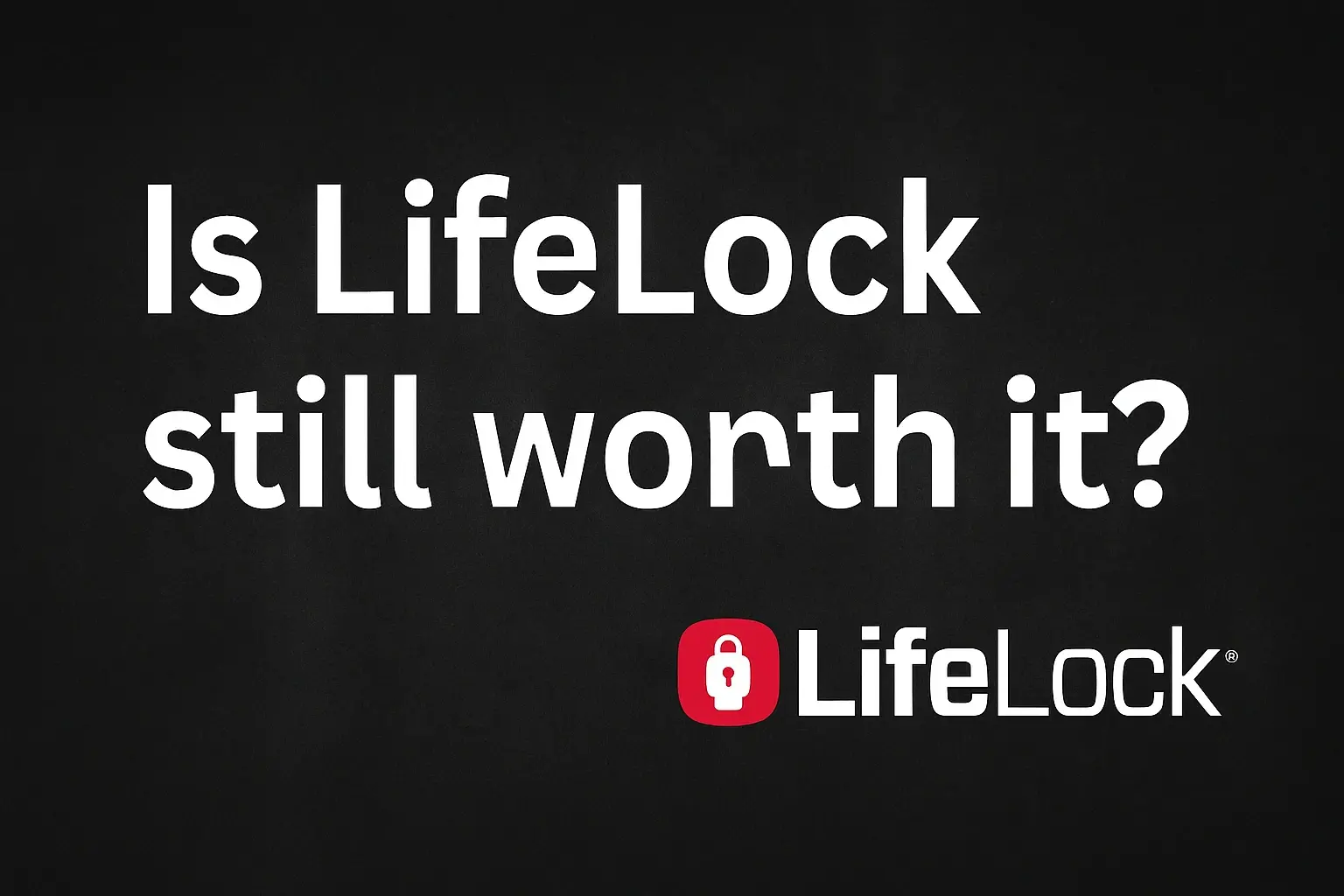-
Posted on: 26 Jul 2024

-
Your credit report is a crucial document that significantly impacts your financial life. It's used by lenders, landlords, and even employers to assess your creditworthiness. Unfortunately, errors can occur on your credit report, potentially damaging your credit score and hindering your ability to secure loans, rent an apartment, or even get a job. Fortunately, the Fair Credit Reporting Act (FCRA) provides you with the right to dispute inaccurate information. A 623 dispute letter is a key tool you can use to exercise that right.
Understanding the Fair Credit Reporting Act (FCRA)
Before diving into the specifics of a 623 dispute letter, it's essential to understand the FCRA. This federal law promotes accuracy, fairness, and privacy of consumer information held by credit reporting agencies (CRAs). The FCRA grants you several rights, including:
- The right to access your credit report from each of the three major credit bureaus: Experian, Equifax, and TransUnion.
- The right to dispute inaccurate or incomplete information on your credit report.
- The right to have disputed information investigated and corrected if found to be inaccurate.
- The right to add a consumer statement to your credit report explaining potentially negative information.
Section 623 of the FCRA specifically outlines the responsibilities of furnishers of information to credit reporting agencies. This includes creditors, lenders, and other entities that report information about your credit accounts.
What is a 623 Dispute Letter?
A 623 dispute letter is a formal written communication you send to the furnisher of information, not the credit bureau directly. This letter informs the furnisher that you believe there is an error on your credit report and requests them to investigate and correct the information. While you can dispute errors directly with the credit bureaus, sending a 623 dispute letter to the furnisher can be a more effective strategy in some cases.
Why Send a 623 Dispute Letter?
There are several reasons why sending a 623 dispute letter to the furnisher might be advantageous:
- Directly Addresses the Source: You're contacting the entity that originally reported the information, allowing them to review their own records.
- Potentially Faster Resolution: The furnisher may have internal processes for resolving disputes that are more efficient than the credit bureaus'.
- Creates a Paper Trail: Sending a written letter provides you with documented proof of your dispute, which can be helpful if further action is needed.
- May Provide More Detailed Information: You can request specific documentation from the furnisher to support their claim.
- Furnishers have a legal obligation to investigate: Under the FCRA, furnishers are legally obligated to investigate disputes they receive directly from consumers.
When to Send a 623 Dispute Letter
Consider sending a 623 dispute letter in the following situations:
- You've already disputed the error with the credit bureau, and it wasn't resolved to your satisfaction.
- You have specific documentation to support your claim of an error and want to provide it directly to the furnisher.
- The error involves complex information that requires detailed investigation by the furnisher.
- You believe the furnisher is repeatedly reporting inaccurate information about you.
- You want to strengthen your legal position should you need to pursue further action.
How to Write an Effective 623 Dispute Letter
A well-written 623 dispute letter is crucial for maximizing your chances of a successful resolution. Here's a step-by-step guide to crafting an effective letter:
- Gather Your Information: Before writing your letter, collect all relevant information, including:
- A copy of your credit report highlighting the inaccurate information.
- Your full name, address, date of birth, and Social Security number.
- The account number associated with the disputed information.
- Any supporting documentation, such as payment records, contracts, or court documents.
- Address the Letter Correctly: Find the correct mailing address for the furnisher. This information is often available on your credit report or billing statements. If not, contact the creditor directly to obtain the address for dispute resolution.
- Clearly State Your Purpose: In the first paragraph, clearly state that you are disputing information on your credit report and that you are sending the letter pursuant to Section 623 of the FCRA.
- Identify the Inaccurate Information: Specifically identify the inaccurate information you are disputing. Provide the account number, the name of the creditor, and a detailed explanation of the error. Be as precise as possible. For example, instead of saying "The balance is wrong," say "The balance is reported as $500, but my records show the balance was paid in full on [Date] with confirmation number [Confirmation Number]."
- Explain Why the Information is Inaccurate: Clearly explain why you believe the information is inaccurate. Provide supporting documentation whenever possible. For example, if you are disputing a late payment, include copies of your payment records that show you made timely payments.
- Request an Investigation and Correction: Explicitly request the furnisher to investigate the disputed information and correct their records if the information is found to be inaccurate.
- Demand Deletion if Necessary: If the information is completely inaccurate or fraudulent, request that the furnisher delete the entry from your credit report.
- Include Supporting Documentation: Attach copies of any supporting documentation to your letter. Never send originals.
- Keep a Copy for Your Records: Make a copy of your letter and all supporting documentation for your records.
- Send the Letter via Certified Mail with Return Receipt Requested: This provides you with proof that the furnisher received your letter and who signed for it. This is important in case you need to take further action in the future.
Example 623 Dispute Letter Template
Here is a sample template you can adapt for your own use:
[Your Name] [Your Address] [Your City, State, Zip Code] [Your Phone Number] [Your Email Address] [Date] [Creditor/Furnisher Name] [Creditor/Furnisher Address] [Creditor/Furnisher City, State, Zip Code] Subject: Dispute of Credit Report Information - Account Number: [Account Number] - Pursuant to Section 623 of the Fair Credit Reporting Act Dear [Creditor/Furnisher Contact Person or Dispute Department], I am writing to dispute inaccurate information that [Creditor/Furnisher Name] reported to the credit bureaus regarding account number [Account Number]. This information is appearing on my credit report, which I obtained from [Credit Bureau Name] on [Date]. Specifically, I am disputing the following information: * [Clearly describe the inaccurate information, e.g., "The reported balance of $500 is incorrect. My records show that I paid the account in full on [Date] with confirmation number [Confirmation Number]."] * [Another example: "The account is listed as being open, but I closed it on [Date]. I have attached a copy of the account closure confirmation."] I believe this information is inaccurate because [Explain why the information is incorrect. Provide specific details and reasons. E.g., "I have attached copies of my bank statements and the account closure confirmation as proof of payment and account closure."]. Pursuant to Section 623 of the Fair Credit Reporting Act, I request that you investigate this matter thoroughly and correct or delete the inaccurate information from your records. I have attached copies of [List the documents you are attaching] to support my claim. Please provide me with written confirmation of your investigation's findings and the corrective action taken. Thank you for your prompt attention to this matter. Sincerely, [Your Signature] [Your Typed Name]
What Happens After You Send a 623 Dispute Letter?
Once the furnisher receives your 623 dispute letter, they are required by the FCRA to investigate the disputed information. This investigation should be reasonable and thorough. The furnisher must:
- Review all relevant information provided by you.
- Investigate their own records and documentation.
- Report the results of their investigation to you within 30 days.
- If the information is found to be inaccurate, correct their records and notify the credit bureaus of the correction.
If the furnisher determines that the information is accurate, they must notify you of their decision and the reasons for it. You can then consider further action, such as filing a complaint with the Consumer Financial Protection Bureau (CFPB) or consulting with a consumer law attorney.
What if the Furnisher Doesn't Respond?
If the furnisher fails to respond to your 623 dispute letter within a reasonable timeframe (typically 30 days), it's crucial to document this lack of response. This can be used as further evidence if you decide to escalate the matter. You can then contact the credit bureaus and dispute the information with them, providing evidence that you have already attempted to resolve the issue directly with the furnisher.
The Difference Between Disputing with the Credit Bureau vs. the Furnisher
While both methods aim to correct credit report errors, there are key differences:
Feature Disputing with Credit Bureau Disputing with Furnisher (623 Letter) Recipient Experian, Equifax, TransUnion The original creditor or data furnisher Process Bureau investigates with the furnisher Furnisher directly investigates their own records Speed Typically 30 days for resolution Can be potentially faster, but no guaranteed timeframe Control Less direct control over the investigation More direct communication with the source of the error Strategy Good for general errors or when the furnisher is unknown Effective for specific errors when the furnisher is known and accessible, especially when prior disputes failed











